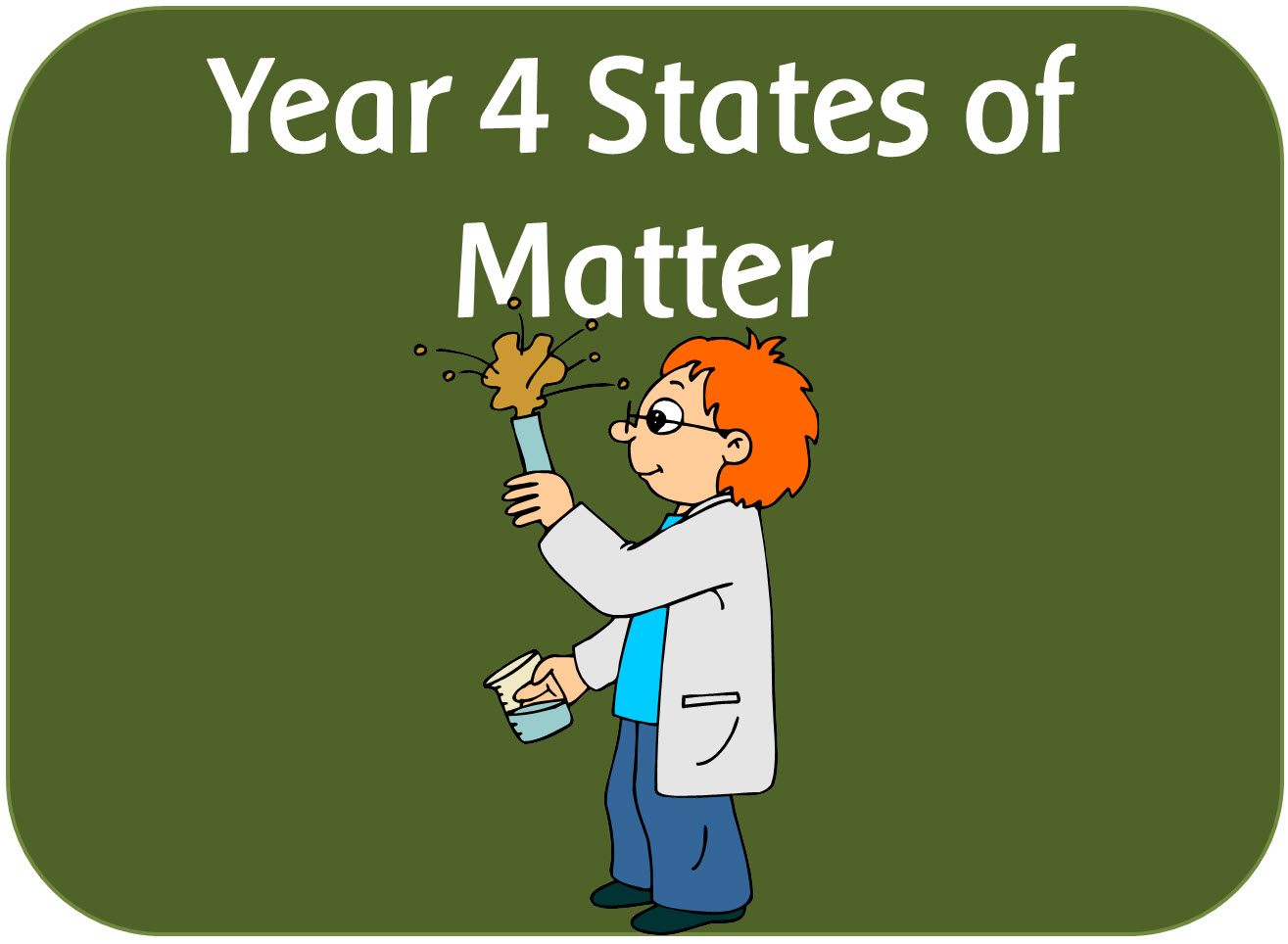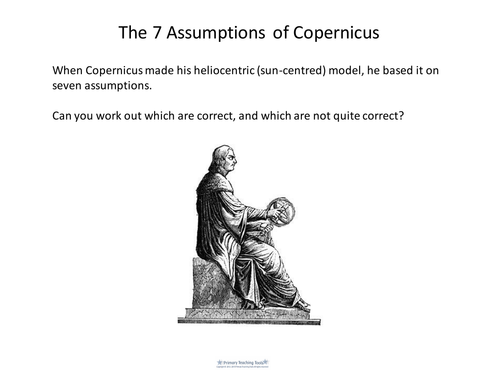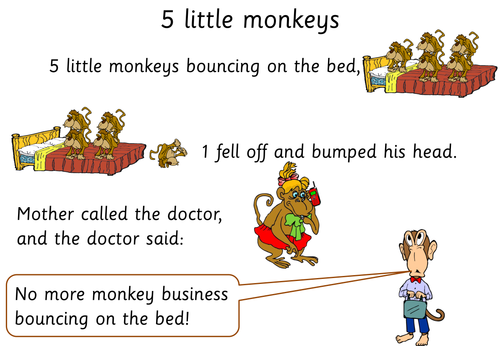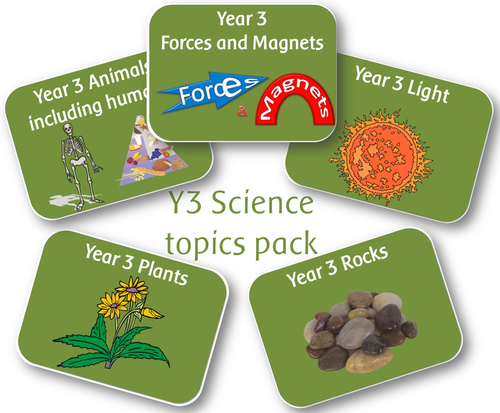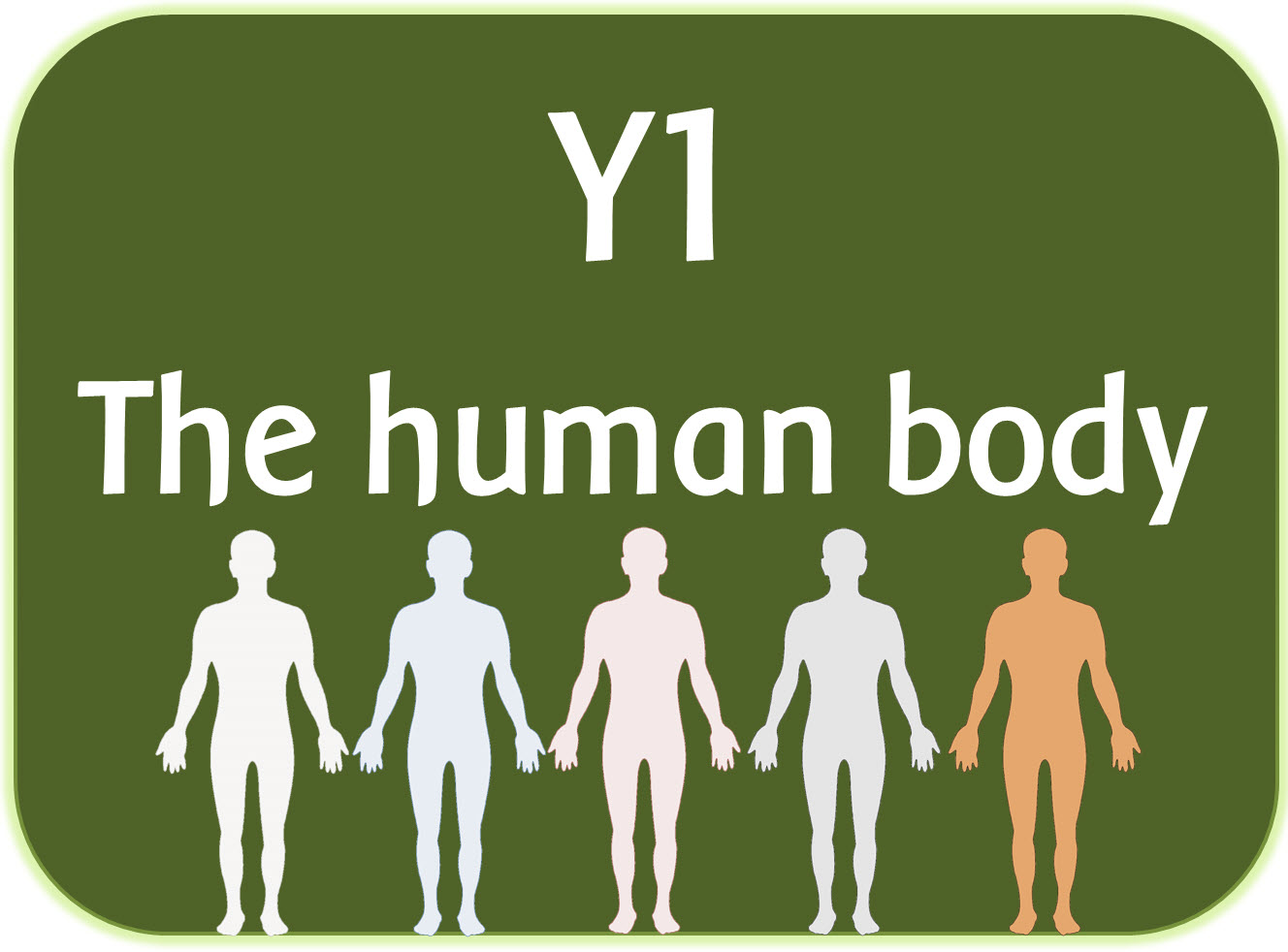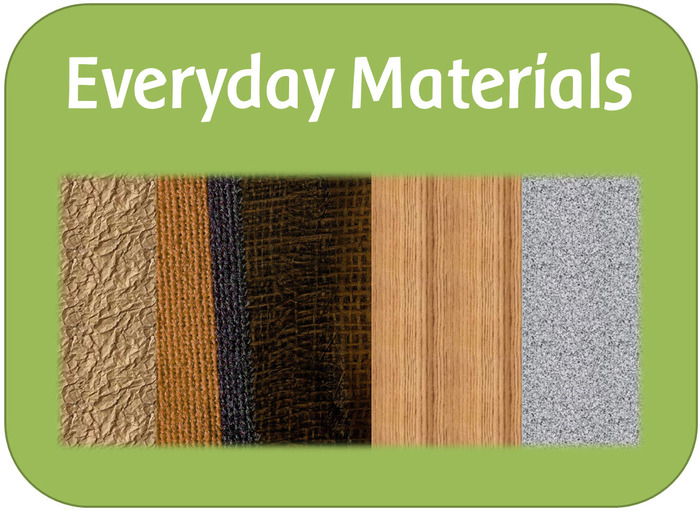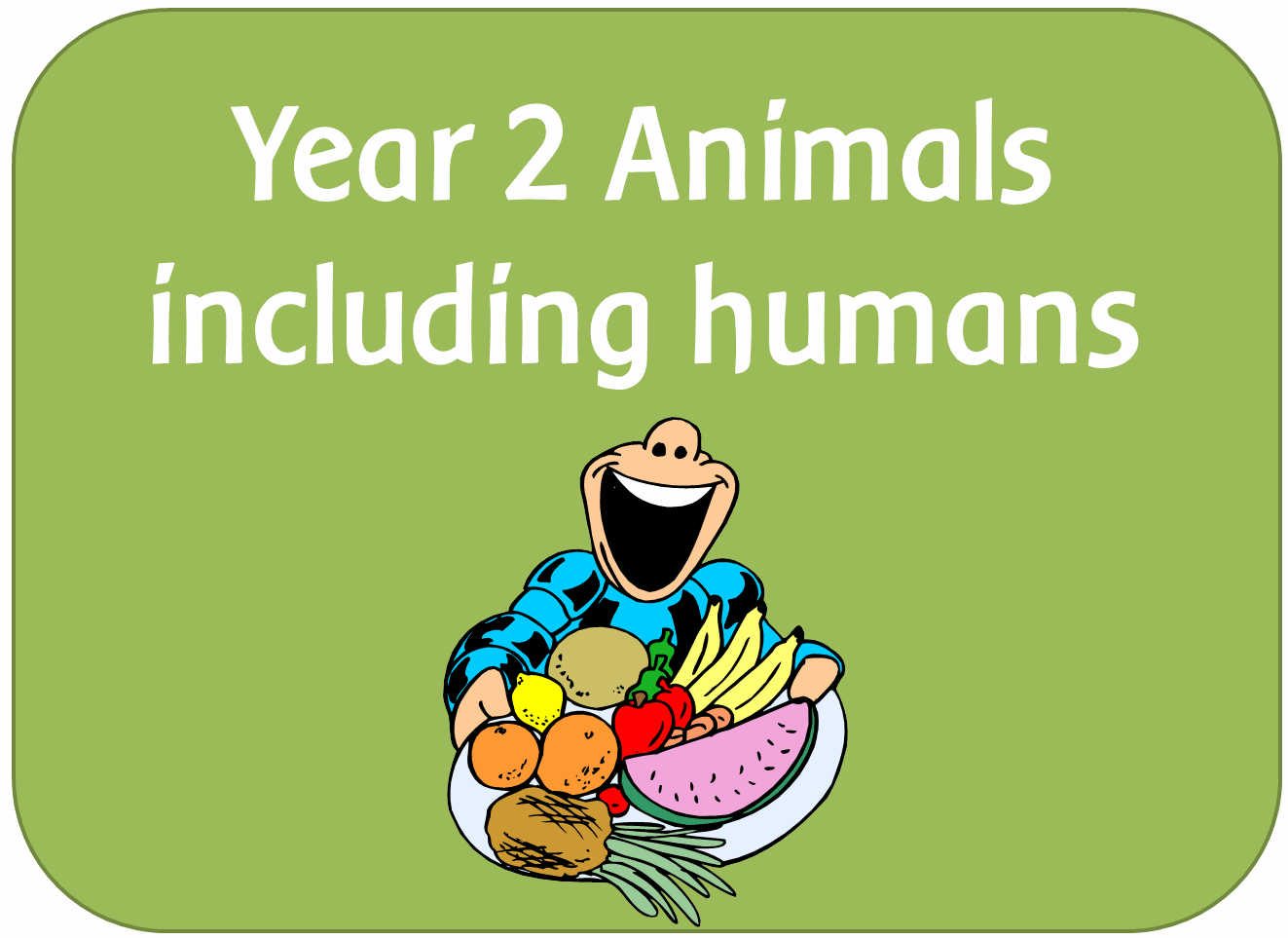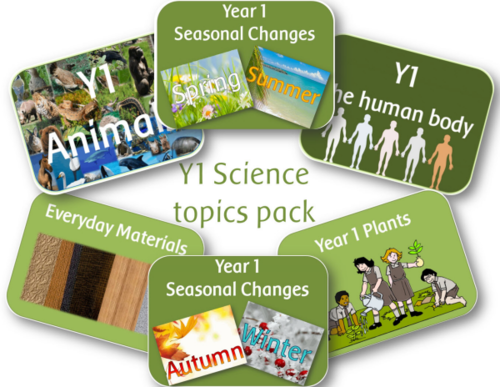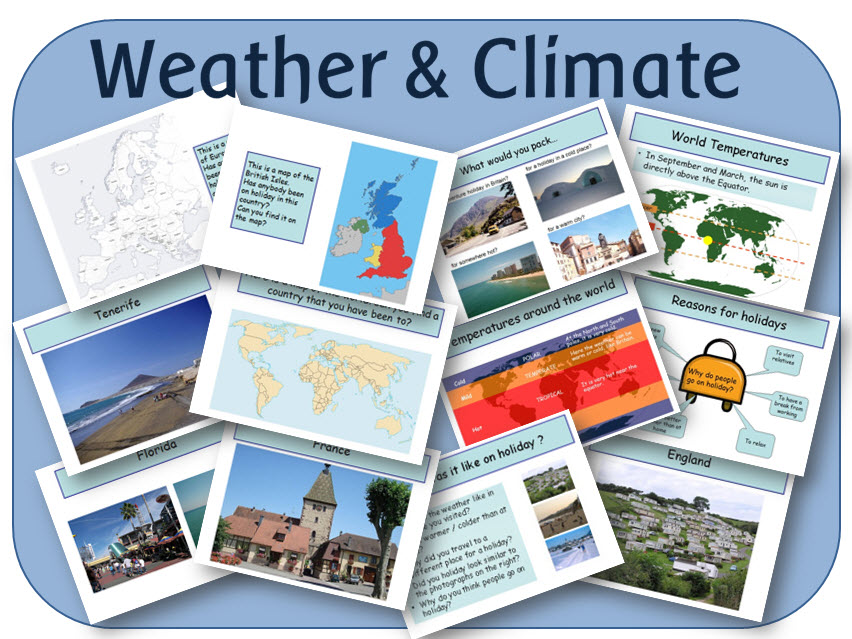
404Uploads
1066k+Views
681k+Downloads
Cross-curricular topics

Castles topic wordmats and display resources
A set of display resources and word mat looking at castle life and people living in castles.
CASTLE ATTACK AND DEFENCE - 9 A4 sheets with pictures and titles: trebuchet, catapult, battering ram, coat of arms, bow and arrow, shield, sword, cannon, and chain mail.
CASTLE BUILDINGS - 15 A4 sheets with pictures and titles: Motte and bailey, castle, tower, gatehouse, moat, drawbridge, turrets, portcullis, loophole, flag, castle ruins, wall walk, drum tower, inner ward, and curtain wall.
CASTLES A4 HEADER - an A4 printable sheet with the title 'Castles'.
CASTLES LETTERING - Large lettering that can be printed out as a banner, or the letters can be cut out.
CASTLES WORD MAT - Castle vocabulary for spelling / writing prompts.
MEDIEVAL ACTIVITIES - 8 A4 sheets with pictures and titles: Banqueting, jousting, hunting, praying, dancing, hawking, fairs, music.
MEDIEVAL PEOPLE - 24 A4 sheets with pictures and titles: Lord, lady, priest, scribe, knight, squire, page, guard, archer, crossbowman, swordsman, soldier, messenger, porter, blacksmith, cooper, musician, jester, maid, laundress, cook, peasants, embroiderer, and servant.
MEDIEVAL PEOPLE WORD MAT - 12 different medieval people.

The Great Fire of London pack: Powerpoints, worksheets, wordmat, games display, activities.
POWERPOINTS:
Introduction: Looks at London and its location in the UK
London in the 17th century: What was it like in London long ago: Looks at the houses, materials and London Bridge
What was it like in the 1600s: Pictures and descriptions of rich and poor people; the Civil War; Charles II; and the Black Death
What happened in 1666 and how do we know about it: Samuel Pepys and John Evelyn, and a timeline
The Great Fire of London: Story in diary style about the events that happened during the fire with excerpts from Samuel Pepys diary; what happened after the fire: Rebuilding, Christopher Wren’s plans and a view of London then and now.
Questions: Asks children questions to recap learning, including an event ordering activity.
WORKSHEETS (IN PDF TO PRINT OUT)
Acrostic poem sheets x 3 different versions
Blank writing frame: To write about the different events of the fire
Cards - pictures and labels: Containing key vocabulary / characters etc. Can be used for card games and display.
Diary writing sheet
Newspaper report blank
Newspaper report - The London Gazette heading, with space for children to write a report
Sequencing pictures - 6 pictures to cut and stick in the order of events
Speech bubble questions - Can be used for writing activities or display
Topic covers x5: With and without pictures for the children to colour /design topic book front cover
Word Mat - with key vocabulary and pictures for the topic
Wordsearch x 2
Writing border x 3: Lined, plain and wider lines
Writing sheet x 4 with pictures of Samuel Pepys, John Evelyn, Fire scene and a 17th century house.
DISPLAY (IN PDF TO PRINT OUT)
A4 heading
A-Z lettering
Banner - The Great Fire of London - prints onto 2 pages
Display borders: 2 different versions, flames and Tower Bridge on fire
Photographs of modern London (14)
Pictures of the Fire of London
Portraits of people involved in the Great Fire of London
The London Gazette, reporting about the Fire
The Londoners Lamentation, a pamphlet written just after the fire
Timeline posters: 17 pages, including weather reports for each day.
Vocabulary display with pictures
Vocabulary cards

Year 4 Science States of Matter & the water cycle powerpoints, worksheets, activities & display pack
A set of IWB lessons, worksheets, activities, planning and display resources following the new science 2014 curriculum.

Year 4 Science - Sound powerpoints, worksheet, planning and display pack
A set of resources to help children understand about sounds and how they are made. It follows the objectives of the 2014 curriculum.
POWERPOINTS:
LISTENING TO EVERYDAY SOUNDS: Twelve everyday sounds to listen to as an introduction to the topic
HOW WE HEAR: Explains how we hear and looks at different parts of the ear and what happens when sound enters it. It asks questions to encourage the children to think about sound and hearing.
WHAT ARE SOUNDS: Explains that sounds are vibrations, discussing how sounds are made and how vibrations travel through air and through solids. Discusses loud sounds, the effects of wind, and how light and sound travel at different speeds, giving examples.
PROPERTIES OF SOUNDS: Explains pitch and volume; how volume changes with distance but pitch does not unless the source of sound is moving. It ends with an activity to describe a selection of sounds.
THE VOLUME OF SOUNDS: Activity to listen to sounds and think about distance and volume.
MAKING SOUNDS: A look at different musical instruments and how they make sounds. Includes drums, piano, and guitar. Suggests different objects the children cound use to create different sounds.
SOUND - MUSICAL INSTRUMENTS: Pictures of different instruments for the children to look at and work out how they make sounds.
WORKSHEETS:
SOUND CONCEPT MAP: For the children to record what they already know and what they would like to find out
LISTENING TO SOUNDS SHEET: To use on listening activities
TOPIC COVER X 2: With 'Sound' title; one with a picture, the other without.
DISPLAY:
A4 Sound title
A-Z lettering, with Sound title, one letter per A4 page
INVESTIGATION SHEETS:
A set of different sheets for investigations and recording
PLUS a medium term plan with activities and web links

Year 5 science - Famous scientists - Nicolaus Copernicus
A powerpoint about the life and discoveries of Copernicus, with a quiz about his seven assumptions.

EYFS / KS1 Farm animal topic: powerpoints, displays and role play pack
A variety of resources on a Farm Animals topic - powerpoint lessons and games, printable displays, rhymes, props and colouring sheets.

EYFS Animals topic: Number rhymes pack
A set of number rhyme resources to use during an Animal topic in the Early Years. It includes display headings, rhymes, props etc.
The rhymes are:
5 Baby turtles
5 Little birds
5 Little monkeys bouncing
5 Little monkeys swinging
5 Little spiders
8 Enormous dinosaurs

KS1 Geography and History of the United Kingdom: powerpoints and activities pack
A set of resources for KS1 to teach children about the geography, history and culture of the UK.
GEOGRAPHY POWERPOINT LESSONS
Geography of the UK: ENGLAND
Geography of the UK: SCOTLAND
Geography of the UK: WALES
Geography of the UK: NORTHERN IRELAND
Each powerpoint is approximately 20 pages long and includes information on:
The location of the country in the world and in the UK
The names of the ocean and surrounding seas
The capital city
Information on the capital city and key landmarks
Islands
Mountains
Rivers
Specific features such as castles, brochs, lochs, stone circles etc.
Myths and Legends
Traditions
HISTORY POWERPOINTS
HISTORY OF THE UK: A quick look through different periods in the history of the United Kingdom; how the UK has been invaded and settled, why places are as they are, and how the countries got their names.
THE UNION FLAG: The story of how it came into being. It includes:
Flag of England; Saint George, the story of St George and the Dragon, the St George's Cross
The Flag of Wales
The Flag of Scotland; St Andrew, the story of King Angus MacFergus
The Flag of Britain, 1606
The Flag of the Protectorate; including the arms of Ireland
Great Britain; the ensign armorial, 1707
St Patrick's Cross; the story of St Patrick
The Union Flag
Jacks
How to draw the Union Flag
THE NATIONAL ANTHEM
THE ROYAL COAT OF ARMS: Explains what a coat of arms is and how they are created. Explains about the Royal coat of arms today.
ACTIVITIES AND WORKSHEETS:
Factfiles x 4: For fact finding missions, cities, rivers, mountains and a blank one. They contain boxes for text, lines for explanations and a blank map of the UK.
Flag activities: 6 different flag sheets
Map of UK
Topic cover
Jigsaw of the UK
Simple outline plan in word with links and suggestions.
Bundle

Year 3 Science topic pack
This set contains resources for the 5 different science topics in Y3. The resources include powerpoint lessons, worksheets, display and outline planning documents.

Florence Nightingale & the Crimean War pack : powerpoints, worksheets, activities and planning
POWERPOINT FILES:
Florence Nightingale mind map: To explore what the children already know about Florence Nightingale
Florence Nightingale introduction: Introduces the concept of famous people, asking how they become famous. It shows some images of Victorian dress, asking the children to find similarities and differences between now and then. A timeline demonstrates how long ago the Victorians lived, and why they were called Victorians.
What was it like when Florence Nightingale was alive: A short story about Queen Victoria, and an exploration of life in Victorian times, with images.
The life story of Florence Nightingale: A 13 page story of Florence's life from her birth in Italy in 1820 to her death in 1910.
The life story of Florence Nightingale in pictures: The pictures that tell a story of her life, for discussion
The Crimean War: A short look at the Crimean War; how it began, why British soldiers were there, and what conditions were like.
Florence Nightingale and the Crimean War: A 25 page long Powerpoint, explaining Florence's journey to Scutari; what the hospital was like when she got there, and what she did to improve conditions for the men.
PRINTABLE FILES:
Worksheets
Florence - questions: To use as an introduction. Shows a picture of Florence nursing, and asks questions for the children to answer.
Victorian health adverts: 7 Victorian adverts for remedies and medicines. Children can look through them and learn about what types of healthcare was available in Victorian times.
Story writing sheets: 3 different formats for the children to both sequence the pictures of Florence, and to tell her life story.
Pictures of the Crimean War: Photographs and paintings from the time.
Hospital before and after: Pictures of the hospital before and after Florence made her changes, with space to write.
Journey to Scutari - blank map: A map of Europe for the children to sketch out the route Florence and her nurses took to Scutari.
Acrostic poems: 2 versions, one saying Florence, the other Scutari, for children to write their own poems.
Poetry: Contemporary poems about the Crimean War and Florence Nightingale
Florence Nightingale wordsearch: with key vocabulary
Writing sheets x 8: 8 different layouts, with a Florence Nightingale border
Display / booklets:
Florence Nightingale project cover: To put at the front of project work
Plus: an adaptable plan in word, showing the learning objectives for the Powerpoints and worksheets, web links, and other cross curricular activities.

King John & Magna Carta - Powerpoint, activities and display
POWERPOINTS
KING JOHN AND MAGNA CARTA: A 26 page powerpoint in 3 sections
Life at the beginning of the 13th century: A look at what medieval life was like in England, inludes feudalism, manors, markets, monasteries, peasants and wars
Who ruled England at the beginning of the 13th century: The first Plantagenet Kings, Henry II and Richard I; King John, whether he was a good or bad king, the reasons the barons rebelled and wrote the Magna Carta, civil war, the death of King John..
The Magna Carta: A look at why it was written, what was in it, and its relevance today.
CLAUSES FROM THE MAGNA CARTA: 12 Clauses from the document; can be viewed as a show or print out for display.
ACTIVITIES
Topic front cover x 2
Writing border - King John
Writing border - Magna Carta
Medieval battles writing/recording sheet
Medieval village peasant life x 3 writing/recording sheets
Parchment: For the children to write their own clauses
Magna Carta (in word, translated copies)
DISPLAY
A4 Heading
Banner: Prints onto 2 A4 sheets
Lettering (A-Z with Magna Carta background)
Display borders
PLUS an outline planning document.

Y1 Science topic - Seasons - Spring topic powerpoint, display and activities
A set of resources looking at different aspects of spring - the weather, animals, plants etc.
The spring powerpoint covers objectives in the Y1 science curriculum, looking at the season of spring and how the weather and day length varies.
Also in the set are photographs, vocabulary cards, headings, lettering, borders etc.

Remembrance Day powerpoint lessons and display
INTERACTIVE WHITEBOARD RESOURCES (POWERPOINTS):
Why are people wearing Poppies this week?
Who do we remember on Remembrance Day
Why do we have Remembrance Day?
What happens on Remembrance Day?
In Flander’s Field. (Poem)
DISPLAY (PDF):
Lest we forget A4 heading
Remembrance Day lettering - includes 'Remembrance Day' which prints out onto 4 A4 sheets for a banner, plus upper and lower case letters, numbers, and punctuation to personalise your display.

Year 1 Science Animals including humans: the body & 5 senses powerpoints, worksheets and activities
A set of whiteboard resources and activities to teach children to identify, name, draw and label the basic parts of the human body and say which part of the body is associated with each sense.
The set also includes a heading for display and an outline adaptable MT plan.

Year 1 Science - Everyday materials topic pack - powerpoints, worksheets activities and display
A set of IWB teaching lessons, worksheets, activities and display resources. It has been made following the curriculum 2014 objectives.

Year 2 Science - Animals including humans - powerpoints, planning, worksheets & display pack
A set of resources to teach about how animals have offspring which grow into adults; the basic needs of animals and the importance of exercise and healthy eating.

Year 2 Science - Living things resource pack - powerpoints, planning, display and worksheets
A pack of resources following the new science curriculum.
Bundle

Year 1 Science topic pack
A set of resources for all Science topics covered in Y1 - includes powerpoint lessons, activities, display, outline plans etc.

Space topic - powerpoint resources
10 powerpoints, looking at the Earth, Moon, Planets and Sun; the Space Race, Yuri Gagarin, Neil Armstrong and the moon landing, and the life of an astronaut:
PLANET EARTH - Answers to the following questions: How old is Earth? / How big is Earth? / What is Earth made of? / How much water is on Earth? / Does the Earth spin? / Why can we not feel the Earth move? / How hot is Earth? / Does Earth have an atmosphere? / Where is Earth? (demonstrates with pictures our position in the Solar System / Milky Way / Universe)
THE SUN - Answers the following questions - What is the sun? / How did the sun form? / What size is the sun? / Does the sun move around the Earth or does the Earth move around the sun? / What is the sun made of? It also describes a solar eclipse, sun spots, and the sun's core.
THE MOON - Answers the following questions - What size is the moon? / How far away is the moon? / How does the moon stay in the sky? / How long does it take the moon to orbit the Earth? / Do we see different sides of the moon? / Is it cold on the moon? / Is the moon a source of light? / Why does the moon seem to change shape? / What is it like on the moon? / How many people have walked on the moon? It also looks at gravity, the moon, and the sea.
PLANET FACT FILE - Looks at the 8 planets in the solar system and how they are studied. It explains the relative sizes of each planet, and compares them to the size of the sun. The planets each have their own page, with information such as: What is it like? What is it named after? Has it been visited by spacecraft? Can we see it? It contains a mnemonic to remember the order of the planets. It ends with a series of questions to see what the children have remembered.
THE SPACE RACE - A 14 page PowerPoint that looks at the main events that happened in the Space Race.
NEIL ARMSTRONG AND THE MOON LANDING - A biography of the life of Neil Armstrong, and how he became an astronaut, and the first man to walk on the moon. It describes the Apollo 11 mission, and the famous journey to the moon.
SPACE STATIONS - Describes the first space stations launched by Russia, and explains what a space station is. Talks about the International Space Station; how it is assembled, and what happens on it.
THE LIFE OF AN ASTRONAUT - A description of what life is like for an astronaut - Training / Work that astronauts do / Living on the International Space Station / Expeditions / Gravity in space / Weightlessness / Space food / Sleeping / Daily routines on the ISS / Clothing / Activities.

KS2 Geography: Weather and climate zones around the world topic - powerpoints and activities
A set of resources looking at holidays and world climate zones. It contains 5 PowerPoint lessons to use on an interactive whiteboard, and 4 pdf activities to print out.
POWERPOINTS:
Holidays: Where have we been on holiday; why do people go on holiday, with photo prompts, maps and explanations
World Climates: Description of Tropical, Temperate and Polar climates, where they are in the world, and a brief explanation why.
Planning a holiday: Description of 4 people to plan a holiday for. Links to online resources.
Country Research: Links to good websites for the children to research.
What do we need to pack: 4 locations for the children to look at and pack for.
PDF FILES
My packing list - to fit in with the PowerPoint file.
Printable world map - for the children to plan their holiday route.
Postcard - Blank postcard for the children to write.
Passport of places visited - for the children to fill in at the end of the topic.



